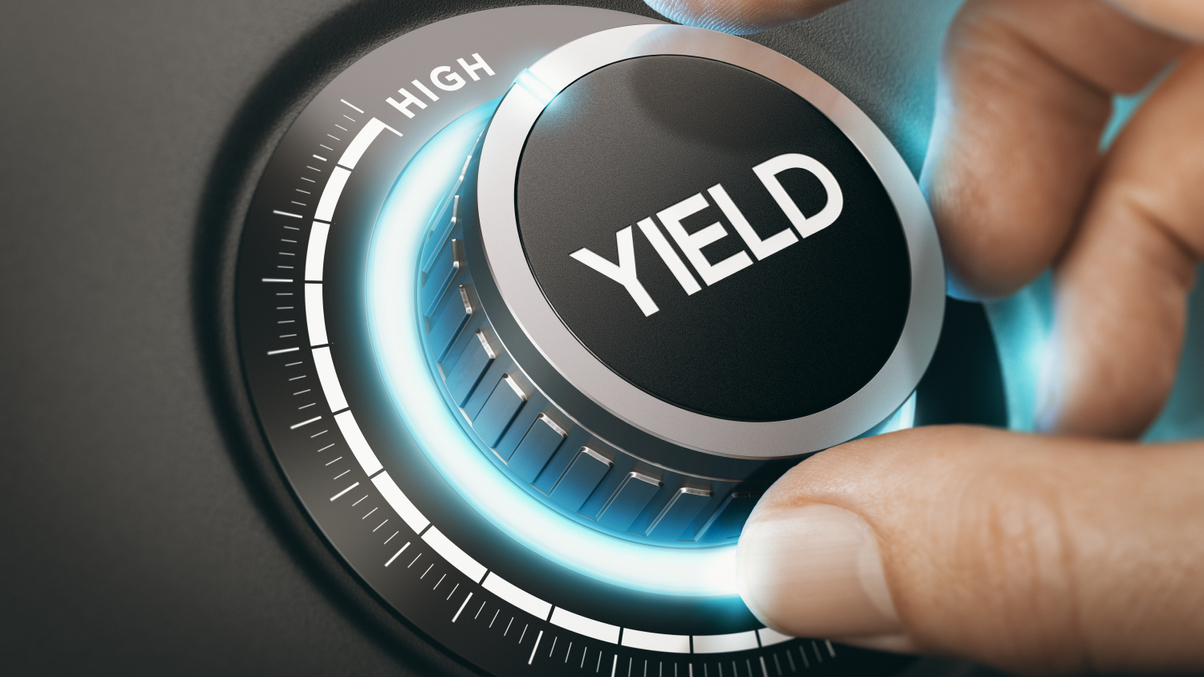Japan insurers being forced to seek risk assets, alts
With depressed domestic bond yields, Japan insurers have little choice but to allocate more into alternatives and risk assets in order to meet their insurance policy needs.

Life insurance companies in Japan are stepping up their risk appetite for higher rewards as they seek to offset the impact of the global Covid-19 pandemic, which looks set to depress already low fixed income yields.
Sign In to Your Account
Access Exclusive AsianInvestor Content!
Please sign in to your subscription to unlock full access to our premium AI resources.
Free Registration & 7-Day Trial
Register now to enjoy a 7-day free trial—no registration fees required. Click the link to get started.
Note: This free trial is a one-time offer.
¬ Haymarket Media Limited. All rights reserved.


